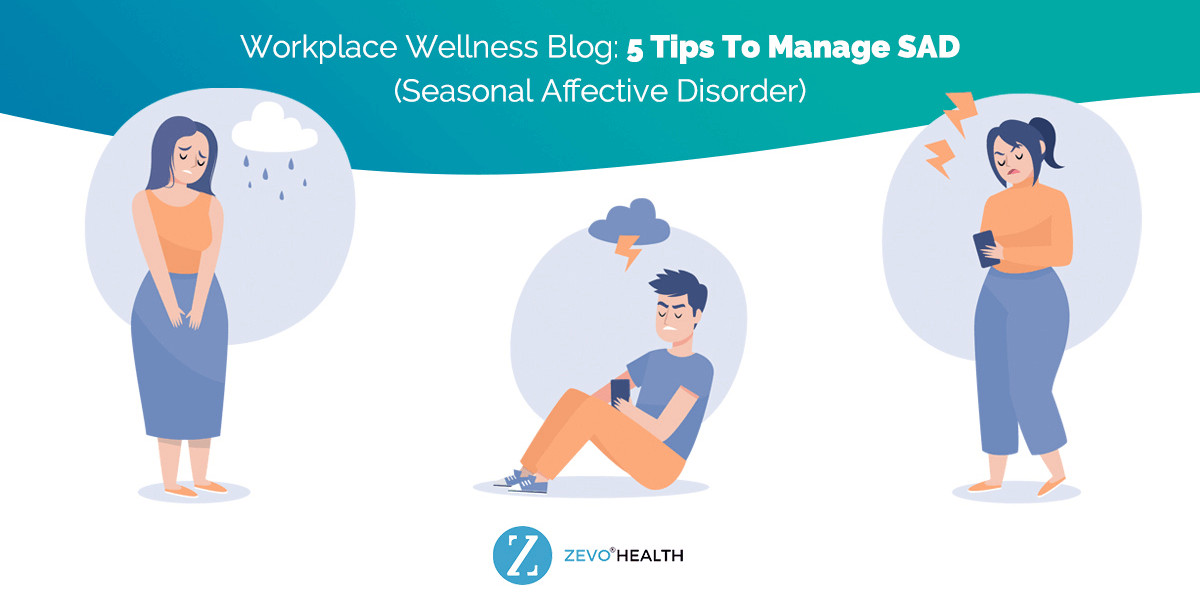
Seasonal affective disorder (SAD) is a form of depression that is estimated to affect approximately one in 15 people between September and April. It can be particularly severe during December, January and February. According to the Diagnostic and Statistical Manual, fifth edition (DSM-5), symptoms include low energy levels, hypersomnia (excessive sleepiness), weight gain, social problems, feelings of apathy, craving carbohydrates and over-eating.
People may also experience difficulty concentrating and may isolate themselves, behaving and acting maladaptively and differently from how they do at other times of the year. Fortunately, the symptoms of seasonal affective disorder can be managed. Below are some simple tips that can assist you in dealing with the feelings of SAD, which in turn will help you live a more balanced life.
- Engage in activities that you enjoy- Where possible, take some time off in the winter months, instead of using all of your holiday time throughout the summer. Volunteering or participating in activities that make you happy will improve your mood. Spending time with friends and family members who are supportive and caring will also improve your quality of life.
- Exercise– Don’t let the weather stop you from getting regular exercise, which is imperative to boosting your mood. Get out during the day to soak up as much sun as possible, however, if the weather isn’t great, simply taking a short walk around the neighbourhood even in rainy conditions will make a big difference (just make sure wear a jacket!). In work, take stairs where possible. Short walks, increasing your step count and moving your body where possible will stop you from feeling sluggish during the autumn and winter months!
- Light Therapy – As a lack of sunlight is the root cause of SAD, buying a SAD lamp and using it as recommended will increase your wellbeing instrumentally. Current research has found that light therapy helps to work on your circadian rhythm (internal clock) and the sleep/wake cycle that is altered by the change in season. Light therapy reduces the symptoms of SAD if used appropriately and also gives your brain the chemical balance it’s missing from natural sunlight. Please find a list of verified light therapy boxes on https://www.mayoclinic.org/diseases-conditions/seasonal-affective-disorder/in-depth/seasonal-affective-disorder-treatment/art-20048298
- Watch your diet–Reducing carbs such as pasta, cereal and pizza can make a big difference in how you feel. Literature illustrating the connection between nutrition and mental health is growing and more research is being conducted to highlight the effect of diet on our mood. Where possible, try to substitute unhealthy carbs with fish, nuts, fresh fruit and vegetables. By changing how we eat and boosting our physical activity, we will help achieve a happy and healthy mood.
- Take Vitamins and supplements – Vitamin D is otherwise known as the sunshine vitamin is effective in combatting depression. Any Omega fatty acids, vitamin B6 and B12 will also help boost your mood and raise your energy levels which may be impacted in the winter months.
For more information on how we can transform your organisation’s wellness to create a winning culture with leading-edge technology, get in touch today!
*This is not medical advice, please contact a medical professional if you think you need to seek further help.
